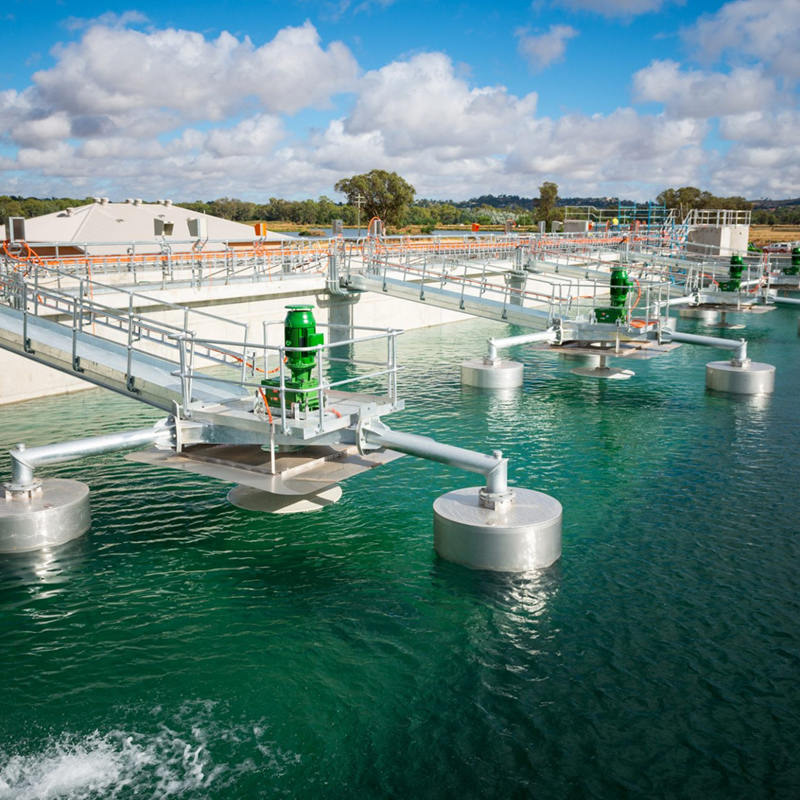In the world of reverse osmosis (RO) water treatment systems, one of the most crucial aspects of maintaining peak performance is regular and effective cleaning. The use of specialized cleaning agents, such as the Reverse Osmosis Membrane Special Alkaline Cleaning Agent, is essential to ensure that the membranes remain free from fouling and continue to operate efficiently. But have you ever wondered what exactly happens at the chemical level during the cleaning process? Understanding the chemistry behind these cleaning agents and their formulation can help maximize their effectiveness and ensure that your system runs smoothly for longer.
The Role of pH in Alkaline Cleaning Solutions
The pH of the cleaning solution plays a significant role in the cleaning process, especially when using an alkaline cleaner. The Reverse Osmosis Membrane Special Alkaline Cleaning Agent is formulated to work within a pH range of 2.0 to 3.0, which is ideal for removing stubborn scale and fouling caused by calcium carbonate and other inorganic substances. The reason for this specific pH range lies in the chemistry of solubility. At lower pH levels, the solubility of scale-forming compounds increases, making it easier to break them down and remove them from the membrane surface.
This carefully calibrated pH range ensures that the cleaning agent can effectively dissolve scale without damaging the membrane material. Membranes are often made of delicate polymers, and using a cleaning agent with the wrong pH could lead to irreversible damage. By maintaining the right balance, the alkaline cleaning agent can target the scale without affecting the integrity of the membrane, helping to preserve its performance over time.
Understanding Surfactants and Their Role in Cleaning
Surfactants are one of the key components in the formulation of the Reverse Osmosis Membrane Special Alkaline Cleaning Agent. These special surfactants reduce the surface tension between the fouling material and the membrane, allowing for better penetration and removal of contaminants. Surfactants help break down organic matter and microbial biofilms that can build up on the membrane surface, which are often difficult to remove with just a simple rinse.
The effectiveness of the cleaning agent depends on the surfactant's ability to interact with the membrane surface, loosen fouling materials, and prevent re-deposition of contaminants during the cleaning cycle. The unique blend of surfactants in your alkaline cleaner ensures that both organic and inorganic fouling can be effectively tackled, making it a versatile choice for maintaining different types of membranes, including RO, NF, MF, and UF systems.
Interactions Between Cleaning Agents and Fouling Materials
A key part of the cleaning process involves the interaction between the cleaning agent and the fouling material. In the case of the Reverse Osmosis Membrane Special Alkaline Cleaning Agent, the alkaline formula is particularly effective against mineral-based fouling such as calcium carbonate, magnesium salts, and silica. When the cleaning solution is applied, the alkaline solution reacts with the mineral deposits, breaking them down into smaller particles that can be flushed away.
This process is not only about dissolving scale but also about improving the overall solubility of the fouling material. Calcium carbonate, for example, tends to form hard, crusty deposits on the membrane surface, which can be extremely difficult to remove. However, the alkaline cleaner works to neutralize the calcium ions, reducing their ability to bind to the membrane and causing them to dissolve and be removed more easily.
For organic fouling, the role of surfactants becomes even more important. Organic contaminants, such as oils, proteins, and microorganisms, can adhere strongly to the membrane surface. Surfactants in the cleaning agent lower the surface tension, allowing for better penetration and breakdown of these contaminants. This helps ensure that biofilms, algae, and other organic matter are effectively removed during the cleaning cycle.

Synergy Between Alkaline and Acidic Cleaning Solutions
While the Reverse Osmosis Membrane Special Alkaline Cleaning Agent is highly effective on its own, it is often part of a broader cleaning regimen that includes both alkaline and acidic solutions. The chemistry behind this dual approach is that different types of fouling require different pH environments for optimal removal. Alkaline solutions excel at dissolving inorganic scale, while acidic cleaners are typically more effective at removing organic fouling and mineral scale like calcium sulfate.
When used sequentially, alkaline and acidic solutions work synergistically to address a wide range of fouling issues. The alkaline cleaner works first to dissolve any inorganic deposits, while the acidic cleaner follows up by breaking down any organic matter or remaining scale. This combination ensures that the cleaning process is comprehensive, tackling all types of fouling in a systematic and effective way.
Conclusion: Harnessing the Power of Chemistry for Membrane Care
The chemistry behind the Reverse Osmosis Membrane Special Alkaline Cleaning Agent is central to its effectiveness in maintaining membrane performance. By understanding the role of pH, surfactants, and the interaction between the cleaning agent and fouling materials, operators can optimize their cleaning processes and ensure long-term membrane longevity. Moreover, combining the alkaline cleaner with acidic solutions in a two-step cleaning process can address a broader range of fouling types, resulting in a more efficient and effective cleaning routine.
By carefully selecting the right cleaning agents, maintaining optimal conditions, and understanding the science behind the cleaning process, RO system operators can ensure that their membranes continue to perform at their best, delivering high-quality water and extending the lifespan of their equipment. Whether you are dealing with scale, biofilm, or organic fouling, leveraging the power of chemistry in membrane cleaning is the key to achieving optimal performance.
 En
En
 عربى
عربى 中文简体
中文简体

